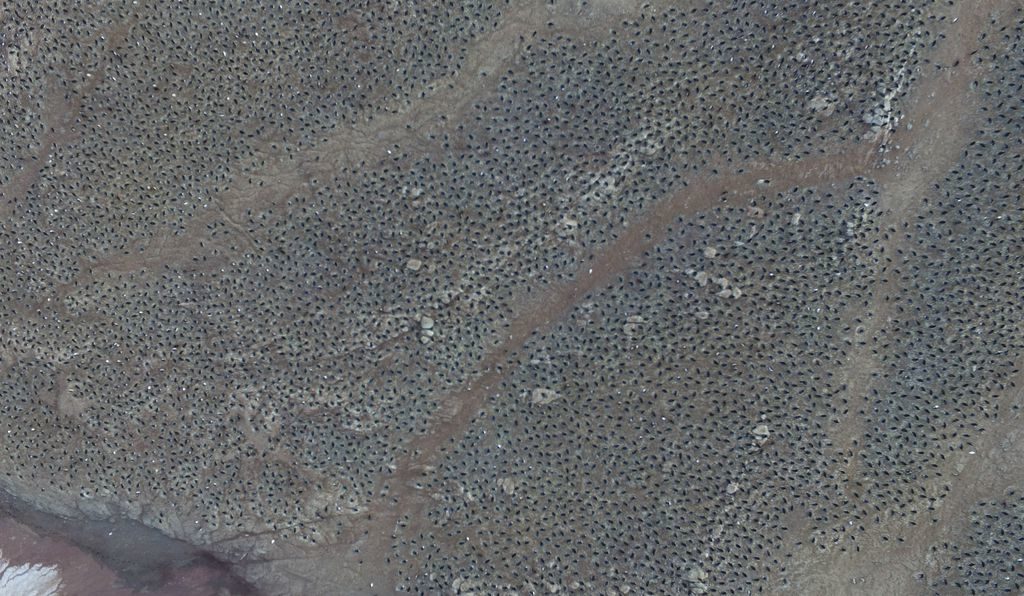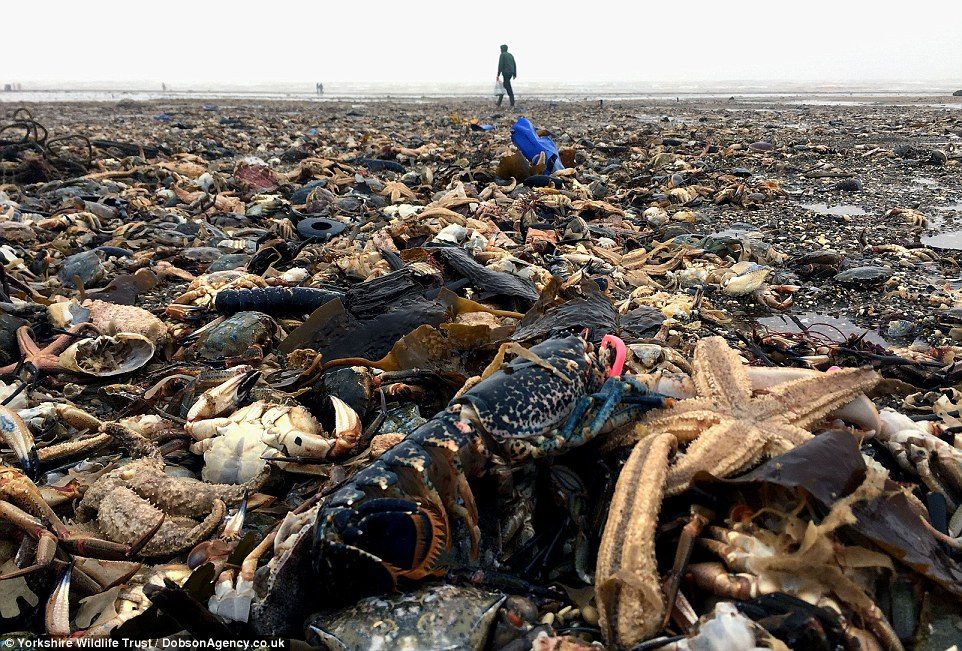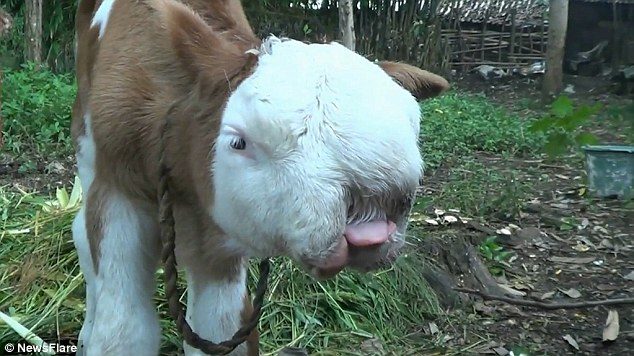
© Thomas Sayre-McCord, WHOI/MITQuadcopter aerial imagery of Adélie penguin breeding colonies on Heroina Island, Danger Islands, Antarctica
Captured in satellite images,
the white stretches of penguin poop stood in stark contrast to the brown rocky surface of Danger islands, a remote archipelago located off the northernmost tip of the Antarctic peninsula. It's not commonly thought to be a popular penguin spot, but the poop was a telltale sign that the black and white birds waddled nearby.
Even so, as Jonathan Amos and Victoria Gill report for
BBC News, when scientists ventured out, what they found surprised them:
Around 1.5 million Adélie penguins were thriving in these far flung nesting grounds, grouped in some of the largest known colonies of the birds in the world.
A team of scientists led by ecologist Heather Lynch of Stony Brook University in New York
first spotted signs of penguin activity in 2014 when using an algorithm to search through images from the Landsat satellite, a craft jointly managed by the USGS and NASA. Though Landsat does not offer particularly clear images, the researchers were surprised when they saw such a large area spotted with penguin poop, Robert Lee Hotz reports for
The Wall Street Journal. A year later, another team visited the location and discovered a far larger population of Adélie penguins than they had ever imaged.



Comment: See also: Thousands of starfish killed by "unusually low sea temperatures" on the isle of Thanet, UK (VIDEO)